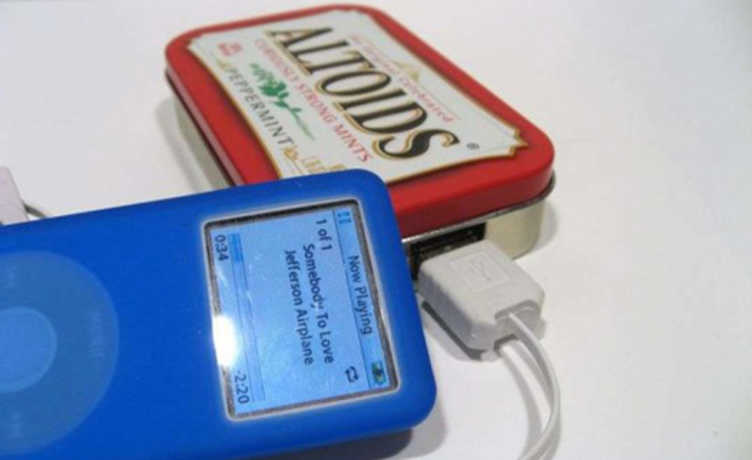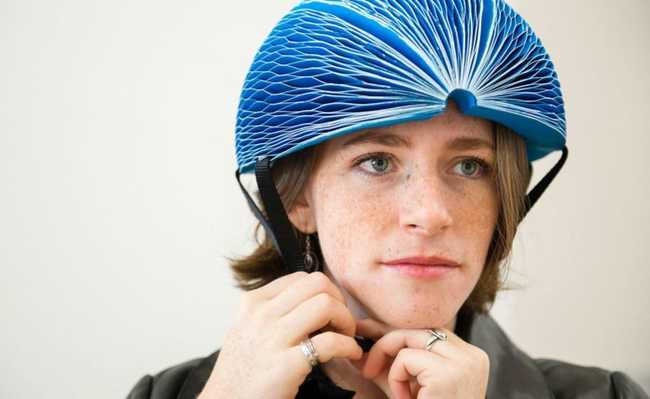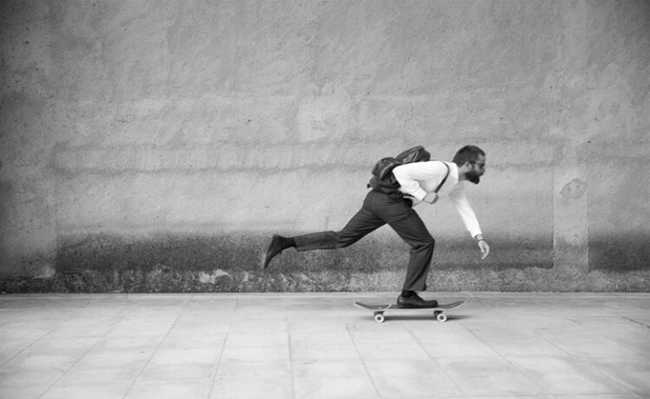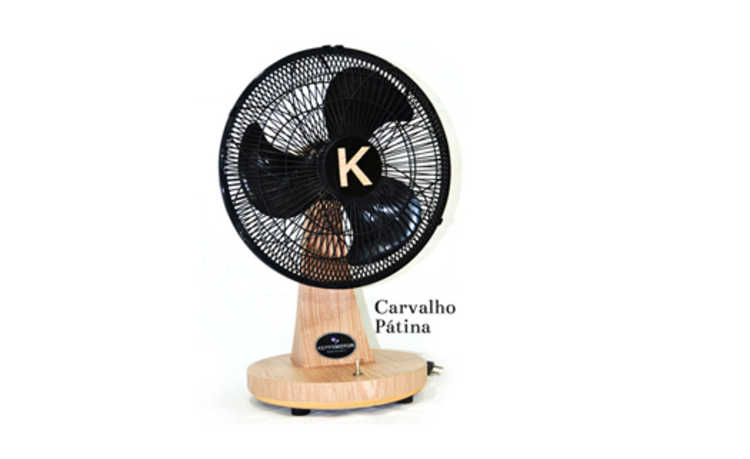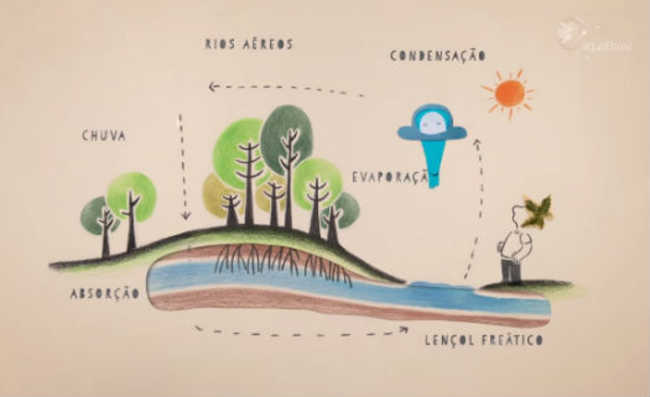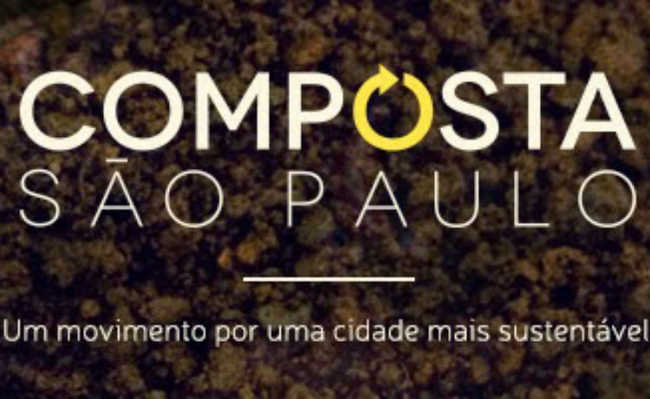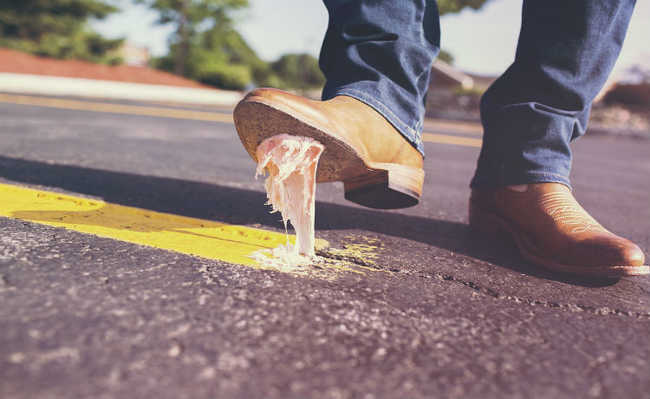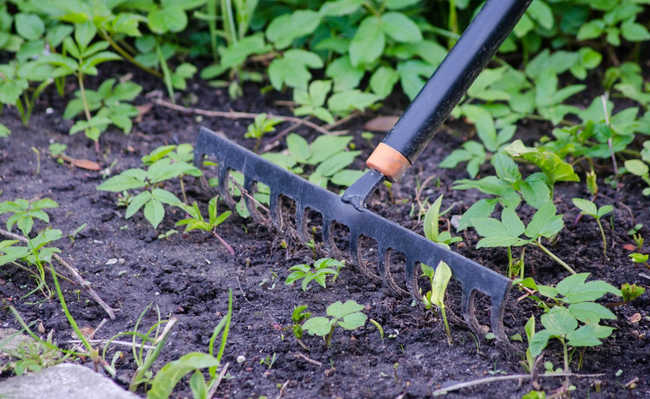Yellow clay: what is it for?
Discover the benefits of yellow clay for your health and beauty

Edited and resized image of Nina Luong is available on Unsplash
Clays are minerals that are less than two µm in size (micrometers - one thousandth of a millimeter) in a rock. They form from the degradation and decomposition of rock due to exposure to wind, water, rotting vegetation and chemical agents over the years, which cause changes in the mineral. The main component of yellow clay is silicon, but aluminum, iron and potassium are also part of its composition and provide several benefits not only for beauty, but also for health.
The components present in each type of clay provide therapeutic properties and different uses. It is not new that the human being enjoys the qualities of clays, since they were one of the first forms of natural medicine known to mankind and were used by ancient civilizations as medicine, mainly for wounds. For some time now, they have become excellent allies in aesthetic and medicinal treatments. The use of clay for treatments became known as clay therapy.
The quality, as well as the compositions of the clays, depend a lot on the region from which they are extracted. There are several types of clay and each one is suitable for a specific purpose. Each type has a different mineral composition and it is this composition that gives clays different colors, properties and applications. Therefore, it is very important to find out which type is best suited for the desired purpose.
Benefits of yellow clay
Among the various types of clay, yellow works as an excellent rejuvenator, thanks to the presence of silicon in its composition. It can be used on all skin types, but its use is more suitable for dry and mature hair, where its action potential is greater. Yellow clay is a catalyst for the formation of collagen in the skin and for increasing elasticity, reducing wrinkles. In this way, it fights and slows down skin aging.
Silicon also helps in the reconstitution of skin tissues and acts as an astringent, detoxifying and purifying - these properties help to reduce inflammation and provide a soothing effect, which is great for irritated skin. Yellow clay also has a healing action, due to the aluminum present that inhibits the development of bacteria that can cause pimples, cellulite and even pneumonia. It can be used on wounds to accelerate tissue regeneration and to contain bleeding, as it has hemostatic properties.
In addition to silicon, iron and potassium have the ability to maintain skin hydration, nourishing it, toning it and giving it elasticity. When applied to the body, yellow clay provides a feeling of well-being and relieves stress.
Yellow clay can be used on acne-prone skin, as in addition to having an anti-inflammatory action, it also helps to reduce blemishes and absorb oil, often the main reason for the appearance of acne, without dehydrating the skin.
But it's not just the skin that clay can be applied to - it also has its benefits when used on hair. Helps in blood circulation and regulates the oiliness of the scalp, accelerating hair growth, in addition to unblocking hair follicles. It deeply cleanses hair, absorbing toxins and removing dead cells.
What is the yellow clay for
Yellow clay can be used for facial and body treatment. It is found in powder form, so to apply it, mix it with plain water or saline. Yellow clay contains enough nutrients to be used alone. Do not mix with body or hair moisturizing creams when applying it.
On the face, apply the formed paste, except in the eyes region, and let it act for 20 minutes before removing it with water. The mask can be done every two weeks. However, clay-based products, such as soaps, can be used daily.
For body treatments, apply the yellow clay paste in the desired region and wrap it with plastic film, in order to make a compress with the clay. The temperature of the clay applied depends on the region of the body benefited by the treatment, that is, in excessively cold places the clay can be applied slightly heated, whereas in hot places it must be used at room temperature.
Its hot application is recommended for treatments that benefit bone and joint problems, lungs, liver, gallbladder, kidneys and spine. Cold clay, on the other hand, should be used in cases of joints with infectious and congestive diseases, such as redness, pain and heat. Yellow clay also serves for adsorption of poisons, mucus, gases and drainage of secretions from wounds.
As yellow clay deeply cleanses the scalp and removes residues, for hair that contain chemicals such as relaxation and straightening, the clay application should be done two months after the chemical procedure, as it can remove certain substances that are contained in this process.
Apply clay paste to wet hair from roots to ends, massaging the scalp and leave for 20 minutes. It is noteworthy that, for such benefits, yellow clay must be natural and pure, free of harmful substances. You can find yellow clay in the eCycle store. As they are pure and natural products, clays do not degrade the environment.

